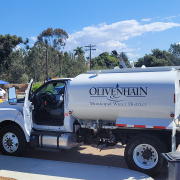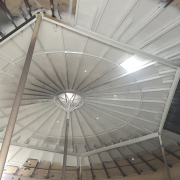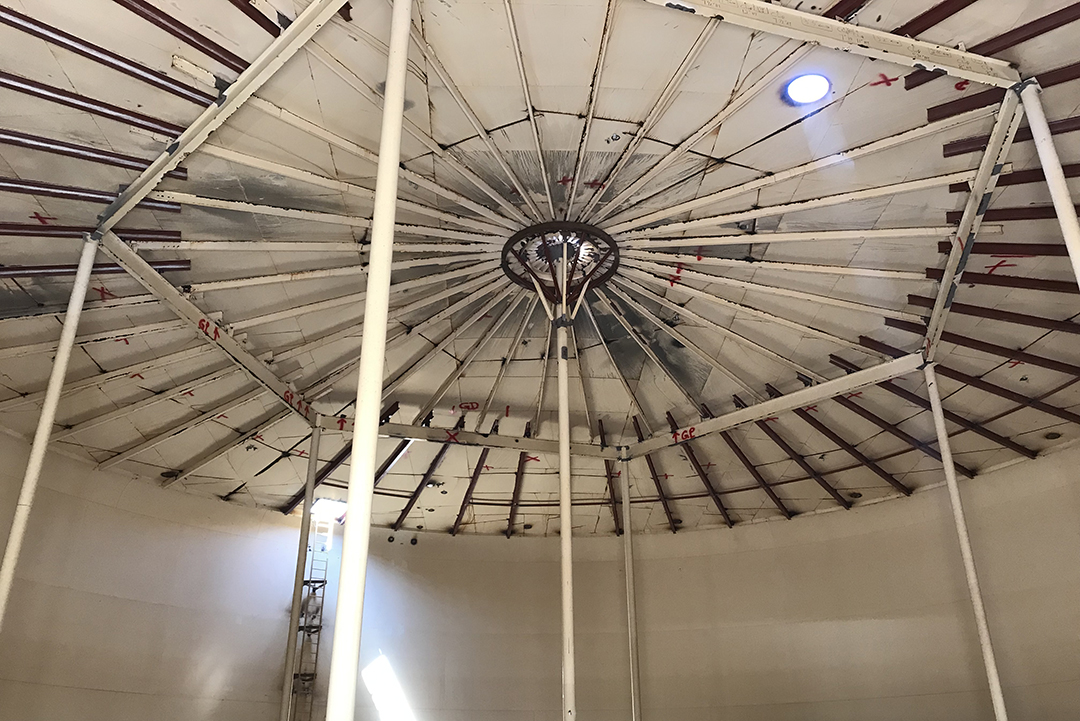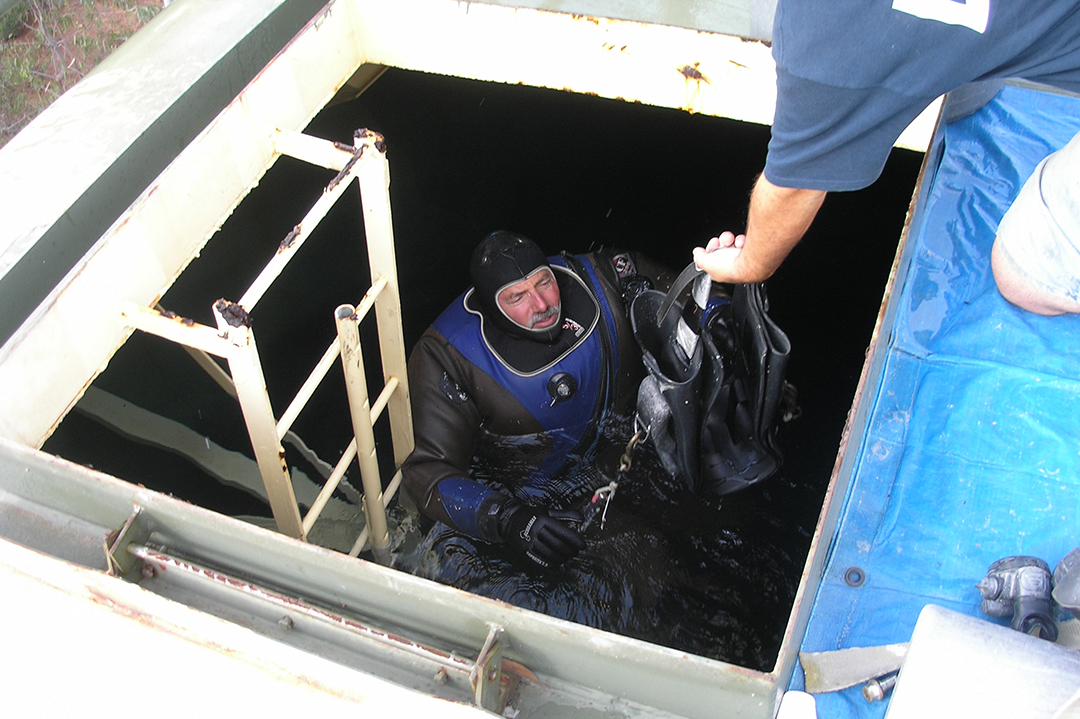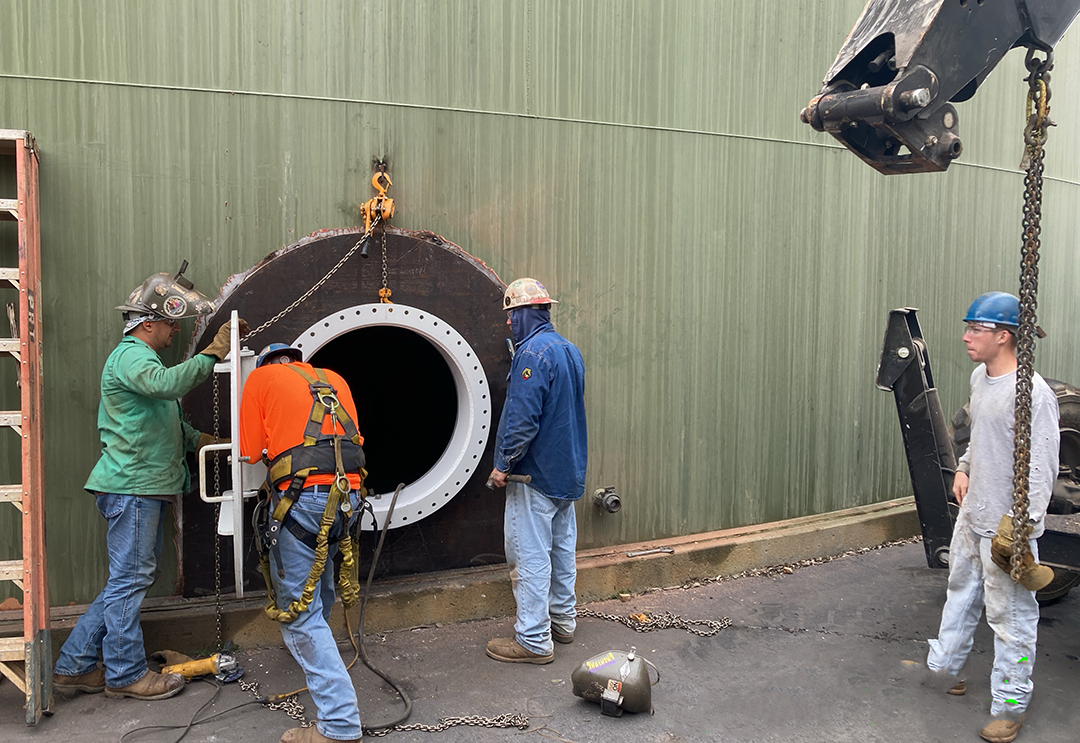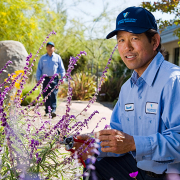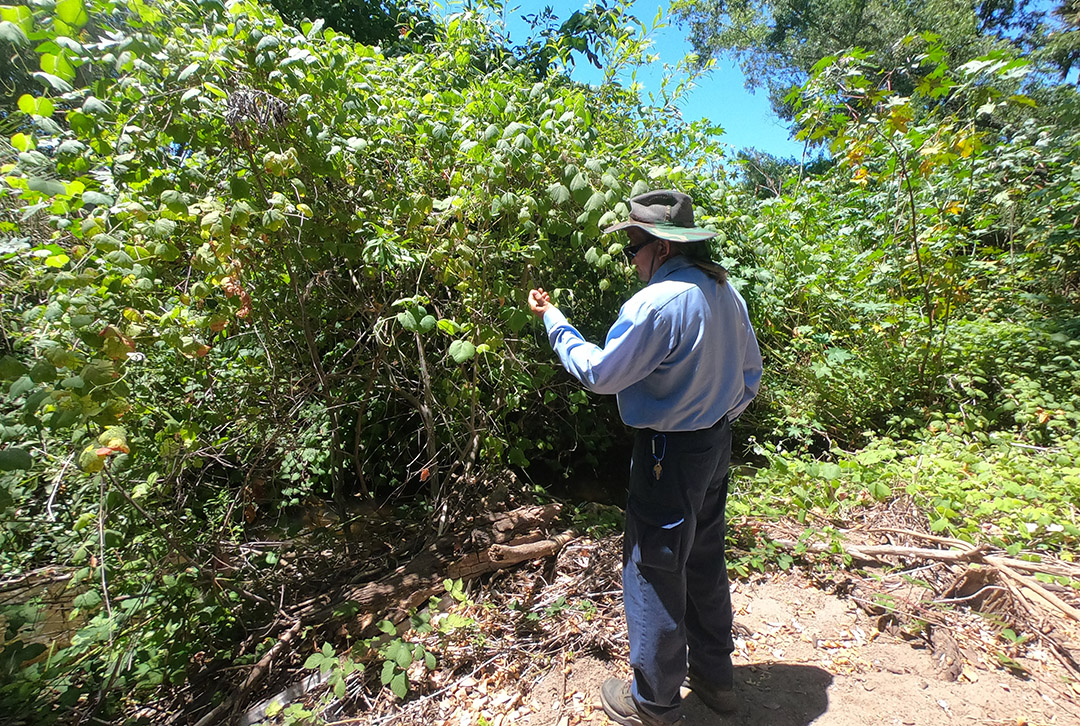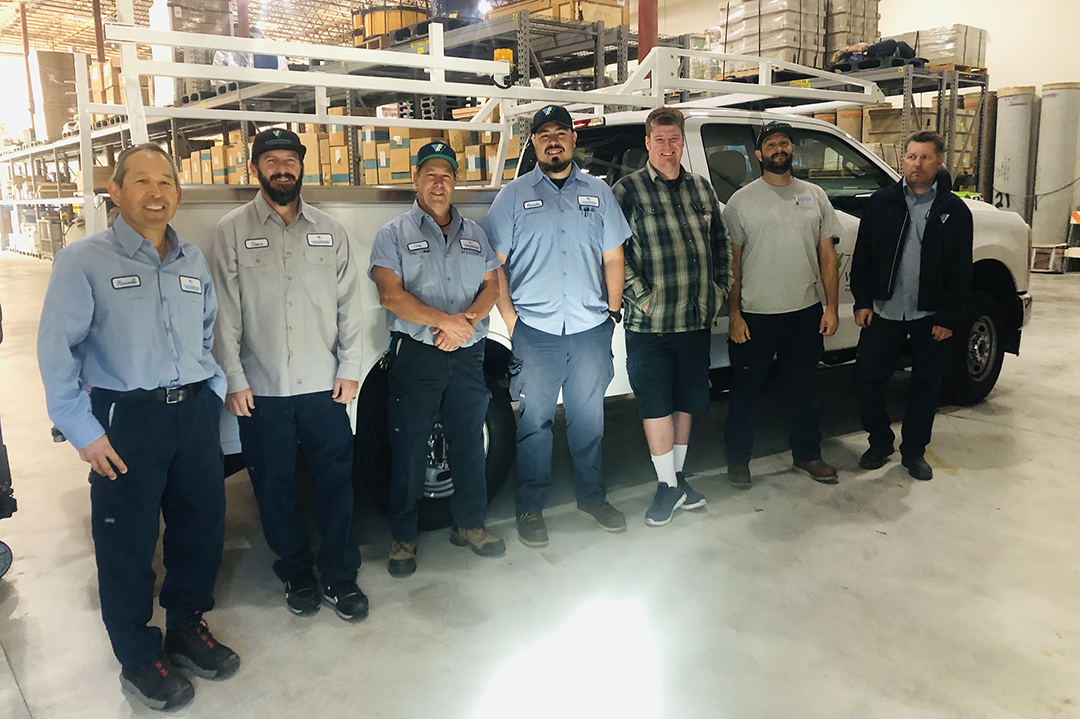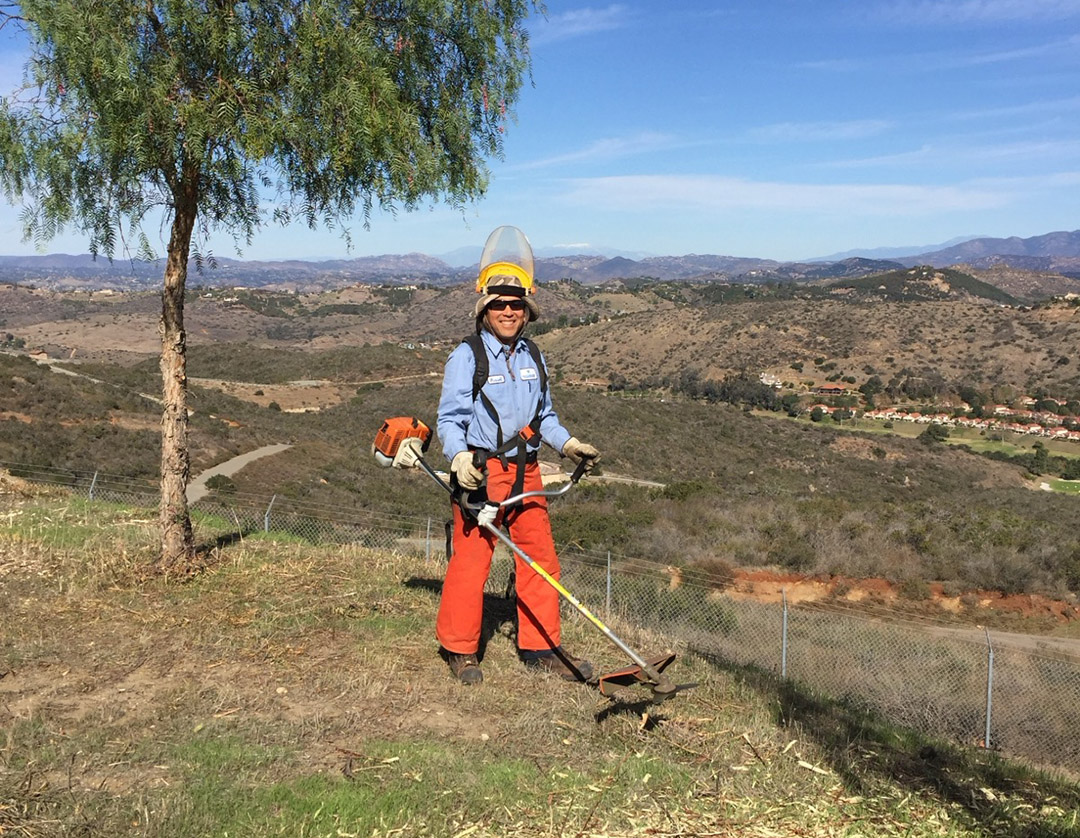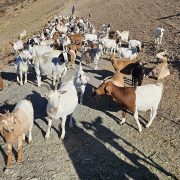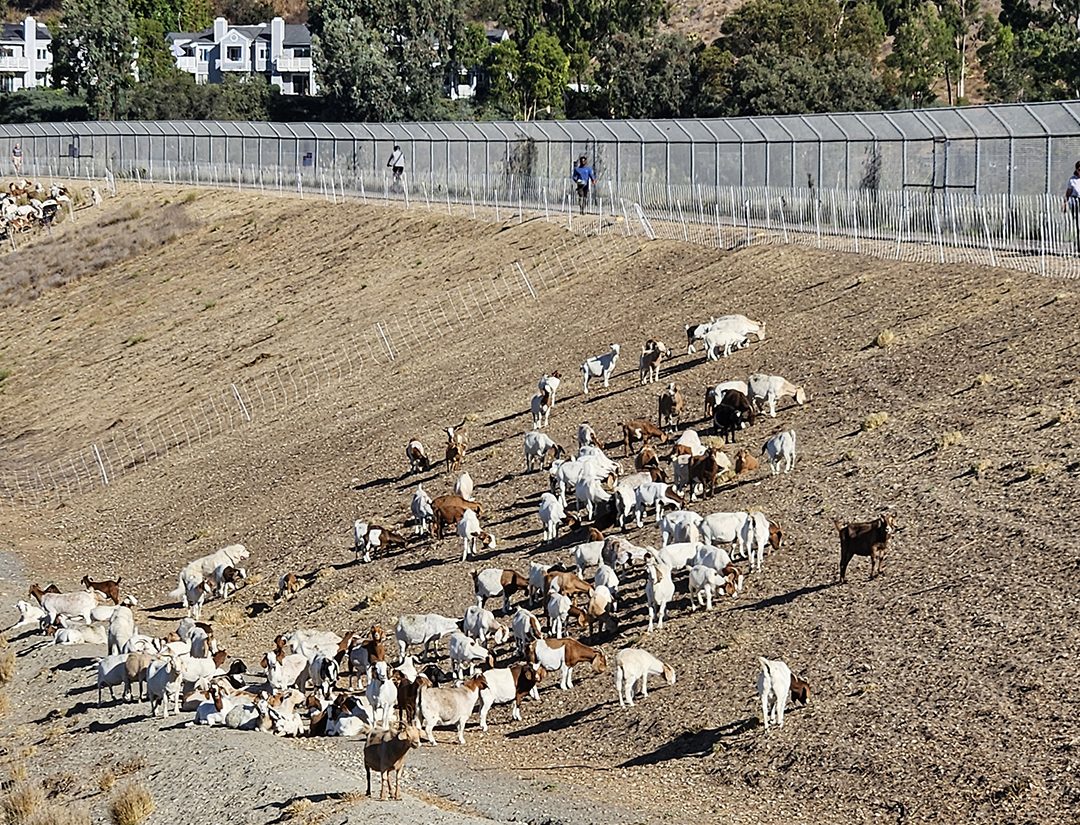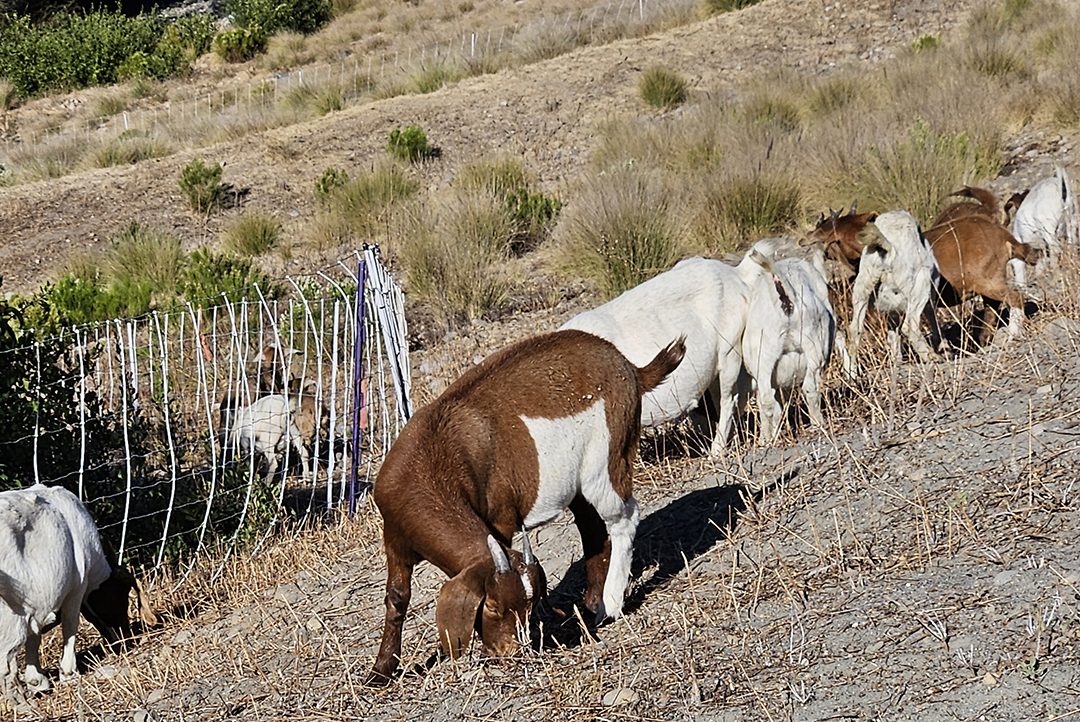OMWD & First Responders Host Open House and Emergency Preparedness Event on Sept. 6
The Olivenhain Municipal Water District (OMWD) invites residents to attend an informative Open House and Emergency Preparedness Event in collaboration with the Encinitas Fire Department, Rancho Santa Fe Fire Protection District, San Diego Gas & Electric, and other local agencies on Saturday, September 6, from 9 a.m. to 12 noon.
The event will take place at the district’s headquarters, located at 1966 Olivenhain Road in Encinitas.
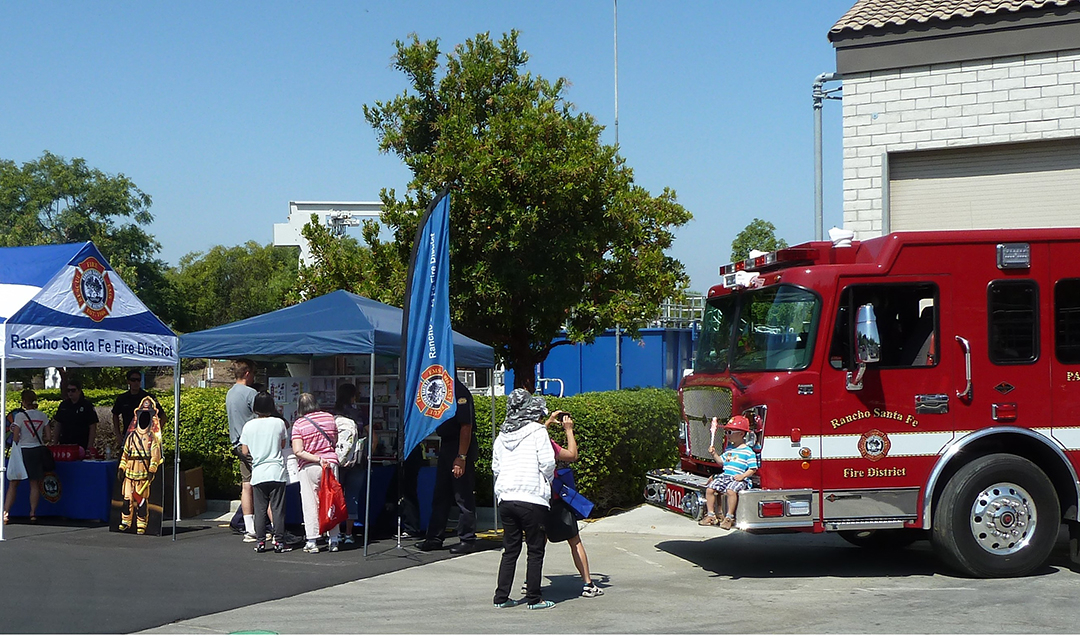
The Rancho Santa Fe Fire Protection District will lead a wildfire prevention workshop and display a fire engine (events permitting). Photo: Olivenhain Municipal Water District
Safeguard Your Home: Water-Smart and Fire-Wise Landscaping Workshop
As part of the open house, OMWD offers a free Water-Smart and Fire-Wise Landscaping Workshop from 10 a.m. to 11:30 a.m.
As peak wildfire season approaches, this free workshop offers waterwise landscaping tips, wildfire emergency preparedness resources, and expert advice in a fun, family-friendly setting.
“We’re giving our neighbors the tools to protect their homes and their families, while also sharing more about the critical services that Olivenhain Municipal Water District provides every day,” said OMWD Board Director Ebin Lanfried. “As wildfires and other emergencies become an even greater challenge in our region, it’s essential that we prepare together.”
Presentations will be provided by California Landscape Technologies, Encinitas Fire Department, and Rancho Santa Fe Fire Protection District. Learn tips on water-efficient landscaping, firescaping techniques, and how to protect your property against wildfires.
The workshop is free, but registration is required at www.olivenhain.com/events.
Open House Highlights OMWD Customer Programs

The OMWD Open House and Emergency Preparedness Event offers a variety of displays and informational booths. Photo: Olivenhain Municipal Water District
The OMWD Open House event will feature informational booths showcasing OMWD departments and customer programs, as well as local fire department emergency preparedness efforts.
OMWD and Leucadia Wastewater District will display several of their specialized utility vehicles.
The Rancho Santa Fe Fire Protection District and Encinitas Fire Department plan to exhibit a fire truck and engine at the event (if not responding to area emergencies).
Paramedics from American Medical Response ambulance service will demonstrate CPR techniques and display a specialized response vehicle.

The Olivenhain Municipal Water District Open House offers family-friendly activities along with informational emergency preparedness workshops and exhibits. Photo: Olivenhain Municipal Water District
Booths from area organizations include:
- OMWD departments will provide information, answer questions, and discuss free programs.
- San Diego Gas & Electric, San Diego County Water Authority, and Leucadia Wastewater District will present their programs and services.
- Booths representing Rancho Santa Fe Fire Protection District and Encinitas Fire Department will provide wildfire and emergency preparedness advice and materials.
- Local elementary students will showcase their environmentally focused projects.

The sustainable landscape demonstration garden at the Olivenhain Municipal Water District headquarters provides customers with examples of water-efficient landscaping techniques that can save water and money. Photo: Olivenhain Municipal Water District
Attendees can tour OMWD’s California-friendly demonstration garden, which exhibits water-efficient plants, and emphasizes key principles of sustainable landscaping.
Participants can take part in family-oriented activities, enjoy refreshments, and receive a complimentary emergency preparedness and water-efficiency kit, while supplies last.

